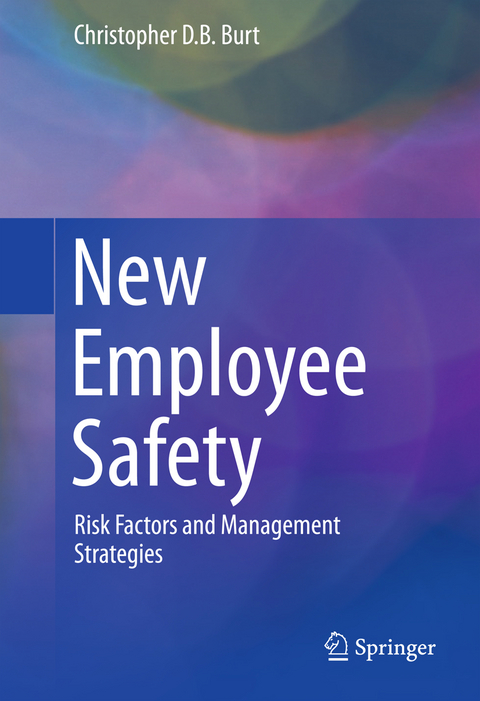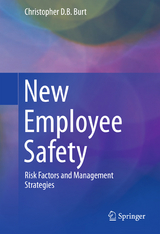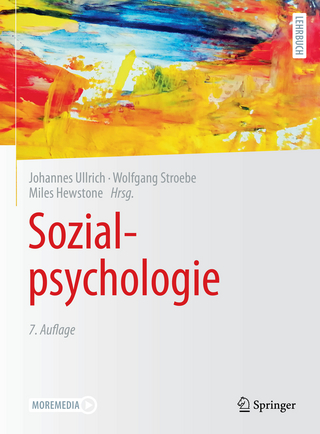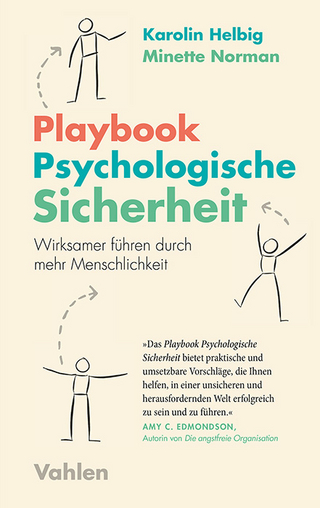New Employee Safety
Springer International Publishing (Verlag)
978-3-319-18683-2 (ISBN)
This reference introduces an innovative new-employee safety risk model, keyed to a typical new worker becoming acclimated to a new job and workplace. It reviews risk factors, their root causes, and how they can be addressed and minimized through targeted strategies at each stage of a worker's early months on the job. The model and its supporting findings dovetail with current thinking on employee safety and organizational accountability. And, of extra benefit to employers, the risk management strategies to improve new employee safety can be undertaken with minimal expenditure of time, money, and disruption.
The book's real-world framework:
· Analyzes high accident rates among new hires.
· Describes four basic types of job applicants and safety concerns common to each.
· Examines the role of recruitment and selection processes in promoting employee safety.
· Discusses safety benefits and risks surrounding pre-start training.
· Models the use of new employees' job familiarization to minimize safety risks.
· Identifies safety risks associated with helping behaviors.
· Identifies employee measures that can be used in assessing job safety risk.
· Integrates safety management strategies with other human resource management activities
New Employee Safety provides clear practical guidance to individuals involved in occupational safety management. The book makes a useful text for undergraduate and postgraduate courses on occupational safety management, and in fields such as behavioral science, psychology, business management, and human resources.
Christopher D. B. Burt is an Associate Professor of Industrial and Organizational Psychology, and Director of the Masters in Applied Psychology program, at the University of Canterbury, New Zealand. His current research interests cover the psychological associations between trust and safety, including the relationship between trust and employee helping behaviors, the development of safety-specific trust in new employees, and the influence of trust on employee safety voicing. He has published a book on managing the public's trust in nonprofit organizations, and over 60 refereed articles in US, British, Australian and New Zealand journals.
A Model of New Employee Safety Risks.- New Employee Accident Rates.- Types of New Employee: Experience and Pre-entry Safety Expectations.- The Job Safety Risk Profile.- The Influences of Recruitment Processes and Selection Predictors on New Employee Safety.- The Influences of Socialization and Pre-start Training on New Employee Safety.- The Initial Employment Period: Behaviors, Familiarity, Adaptation and Trust Development.- New Employee Helping Behaviors.- Measuring New Employee Safety Related Variables.- Integration of the New Employee Safety Risk Management Processes.
| Erscheint lt. Verlag | 9.6.2015 |
|---|---|
| Zusatzinfo | XI, 163 p. 9 illus. |
| Verlagsort | Cham |
| Sprache | englisch |
| Maße | 155 x 235 mm |
| Themenwelt | Geisteswissenschaften ► Psychologie ► Arbeits- und Organisationspsychologie |
| Medizin / Pharmazie ► Medizinische Fachgebiete ► Psychiatrie / Psychotherapie | |
| Schlagworte | accident statistics • career focused applicant • career transition applicant • employee trust • high-risk work • job applicant experience • job tenure • low-risk work • managized-organized training • New employee safety risk model • new worker syndrome • organization's selection processes • pre-entry safety expectations • responsible co-worker behavior • risk homeostasis theory • risk potential • safety expectations • school leaver applicant • trust building strategies • youth in the workplace |
| ISBN-10 | 3-319-18683-3 / 3319186833 |
| ISBN-13 | 978-3-319-18683-2 / 9783319186832 |
| Zustand | Neuware |
| Haben Sie eine Frage zum Produkt? |
aus dem Bereich




